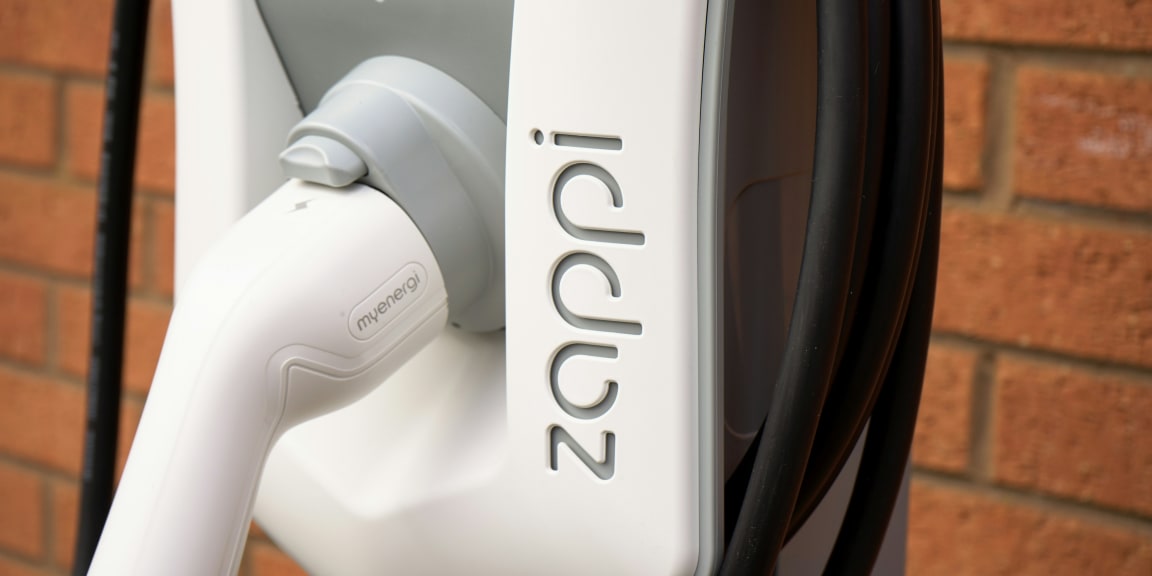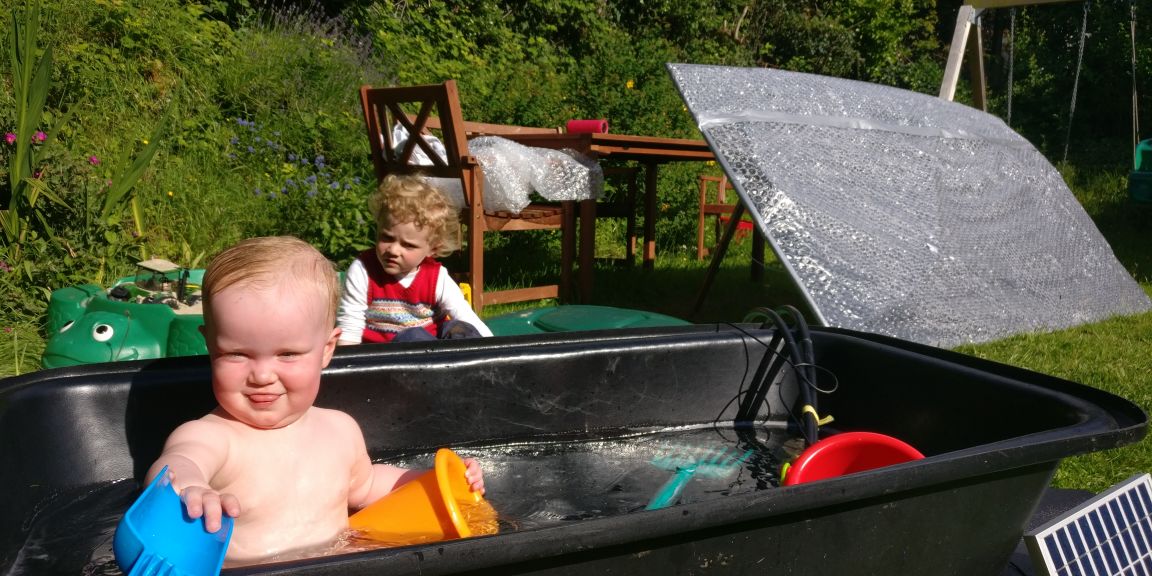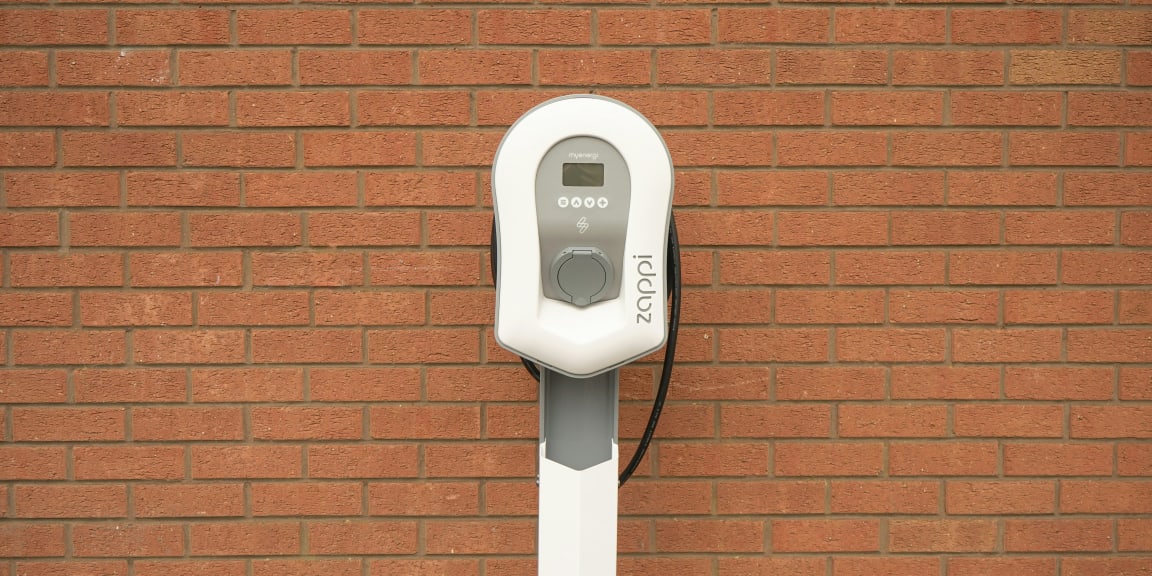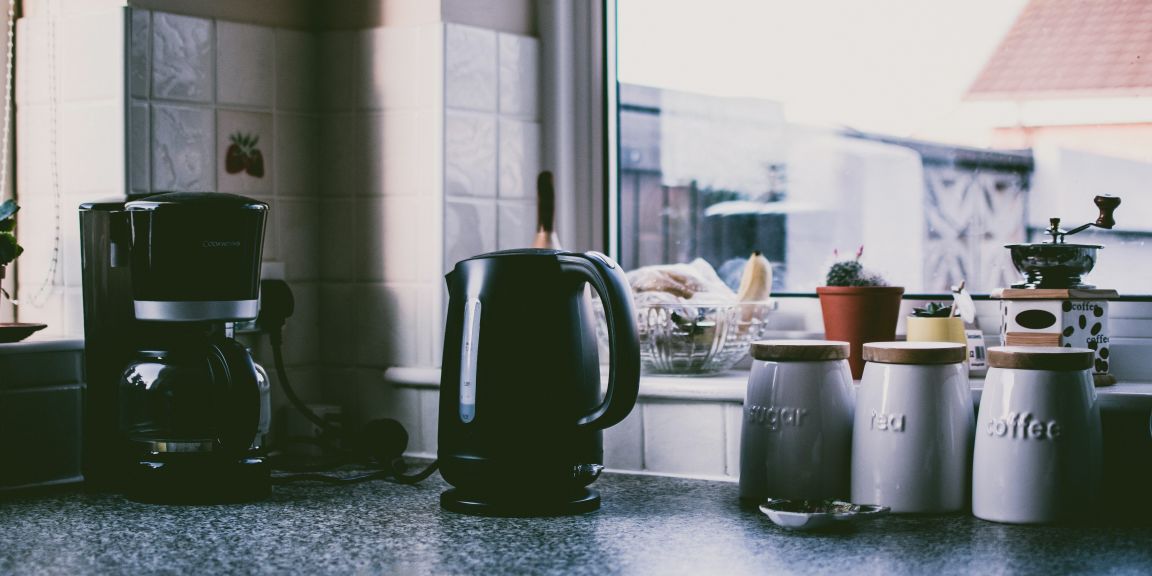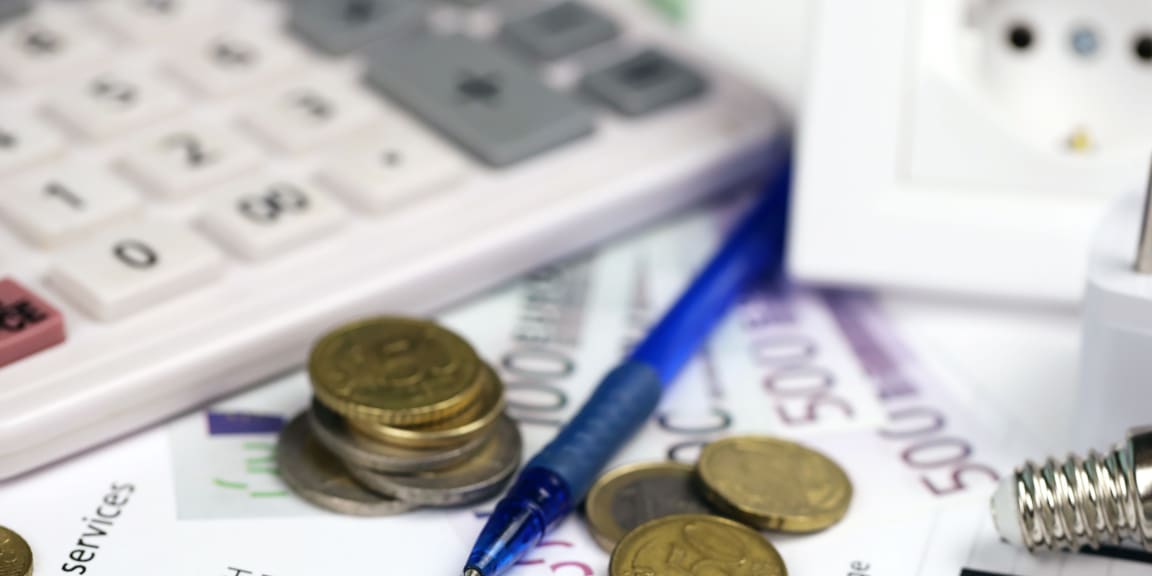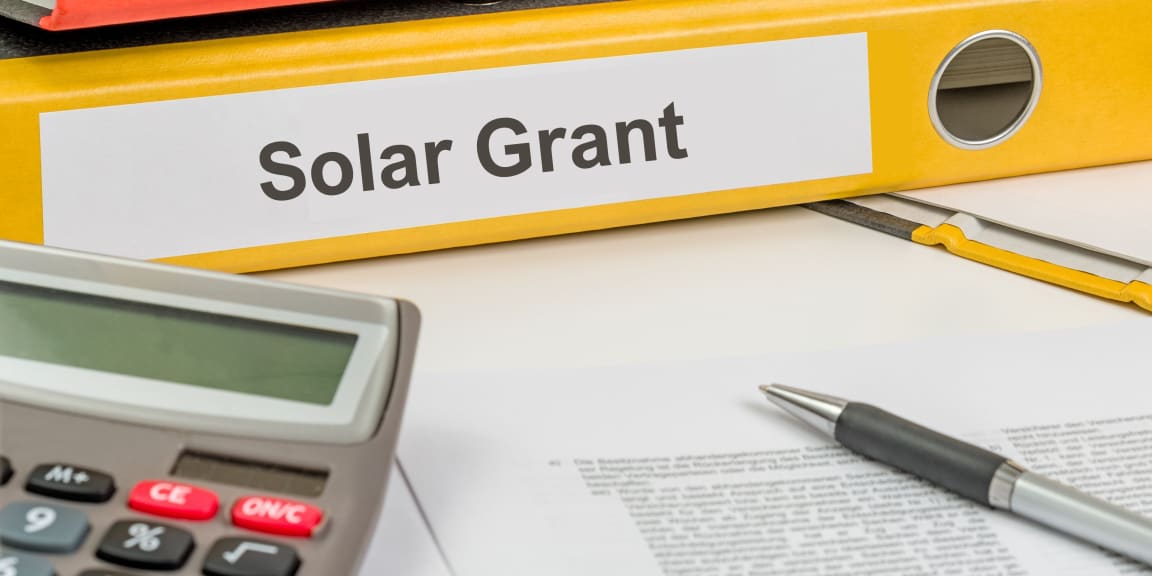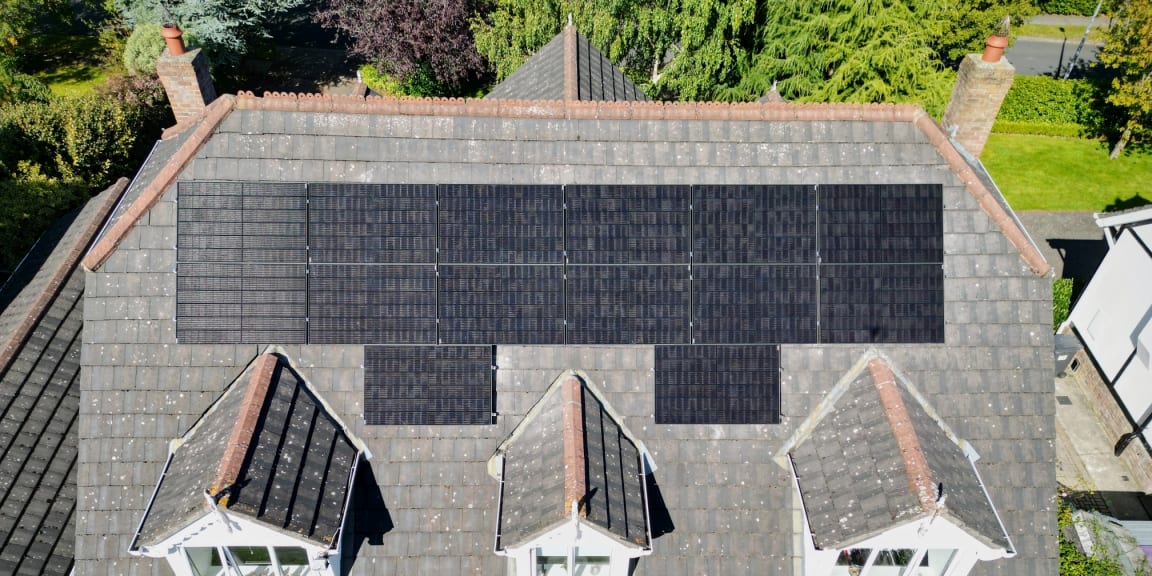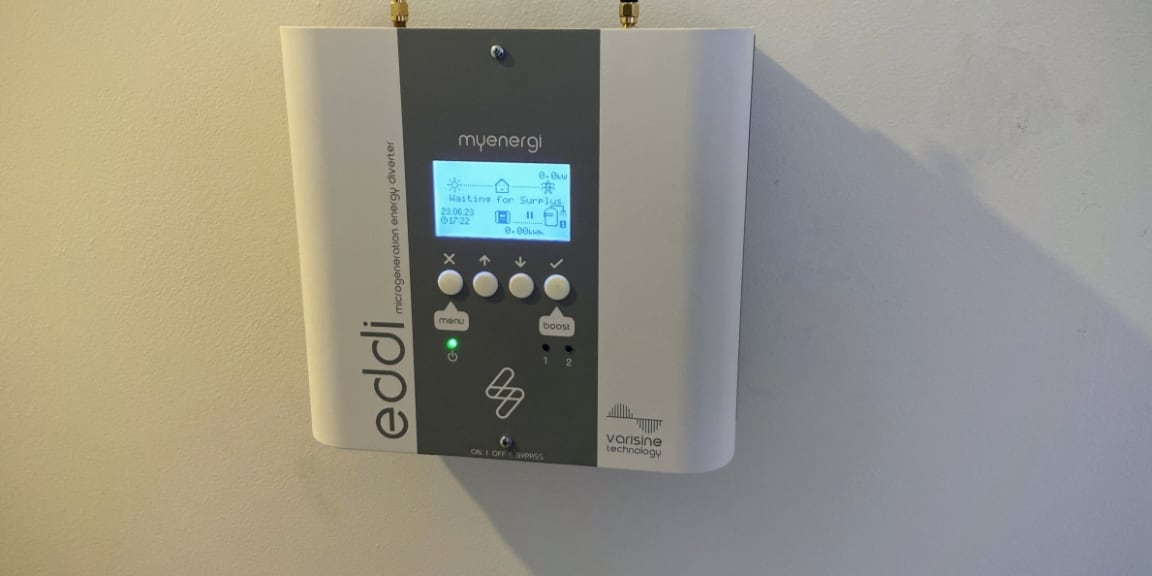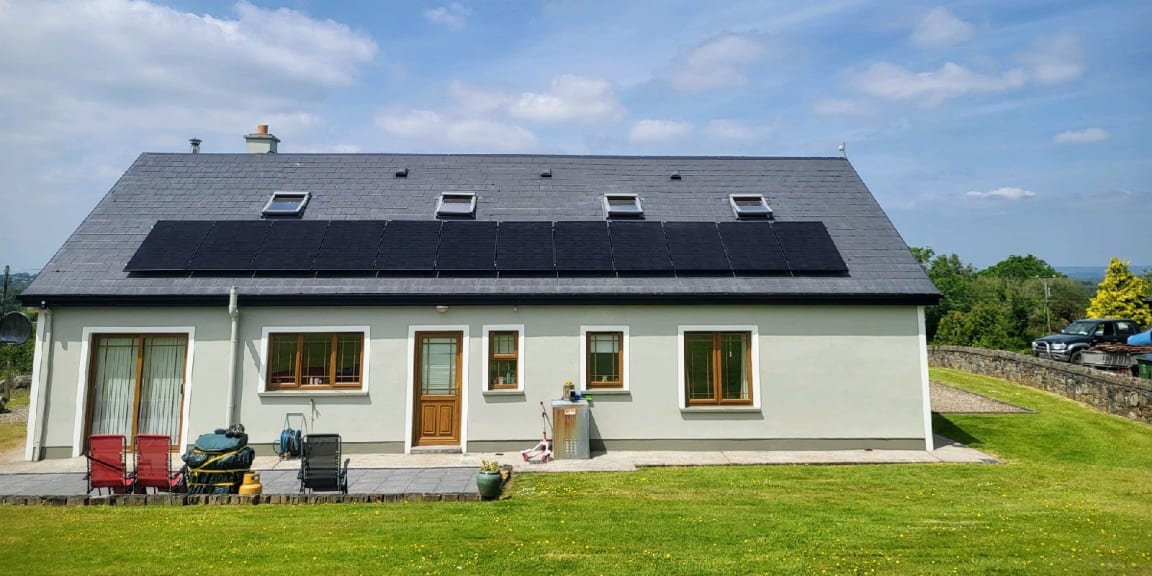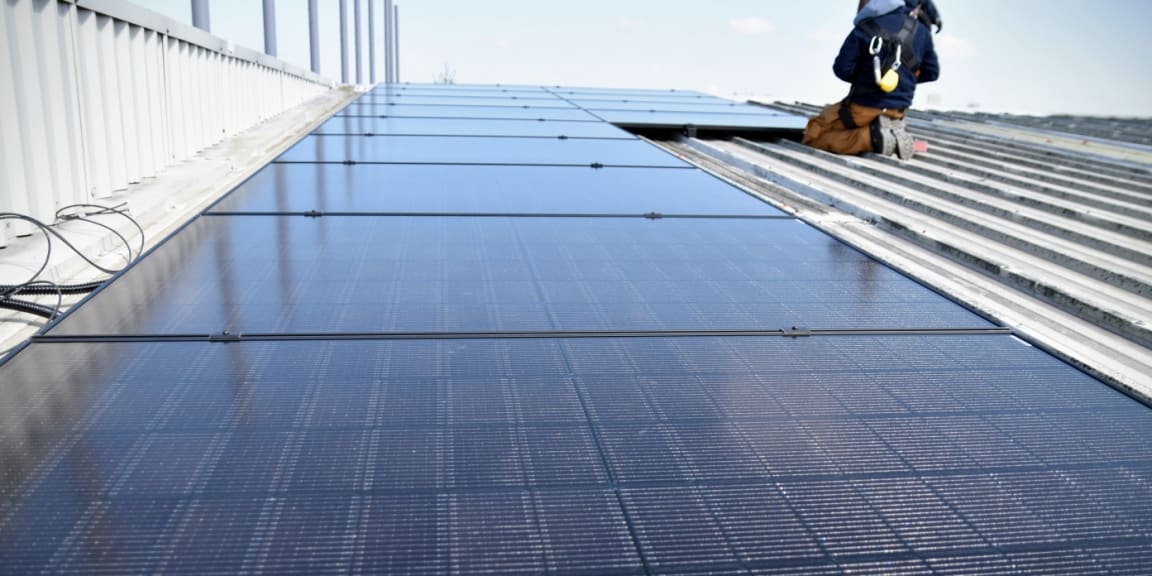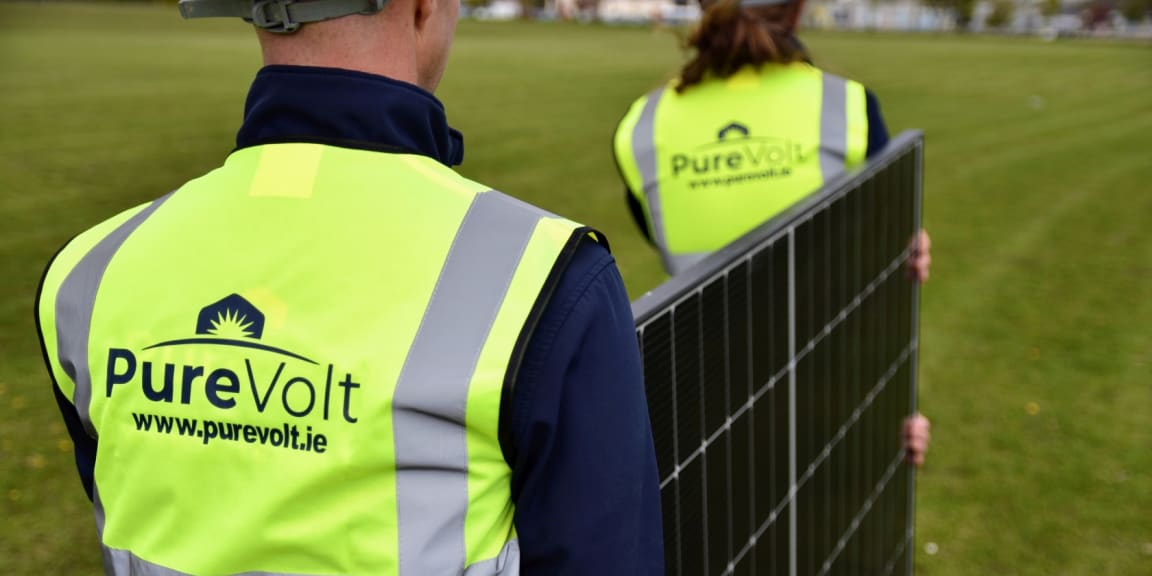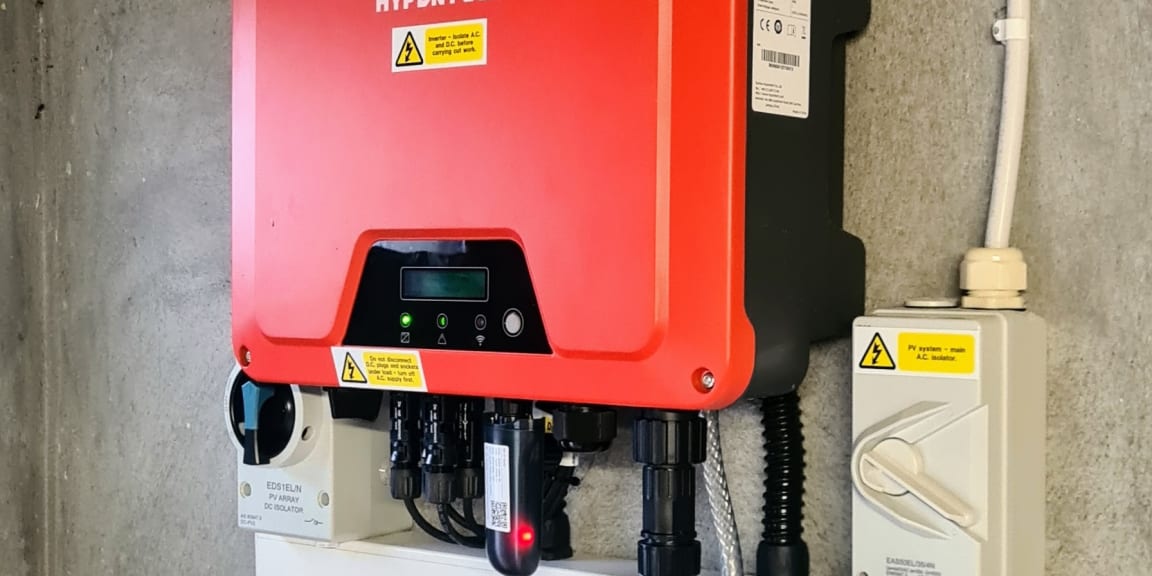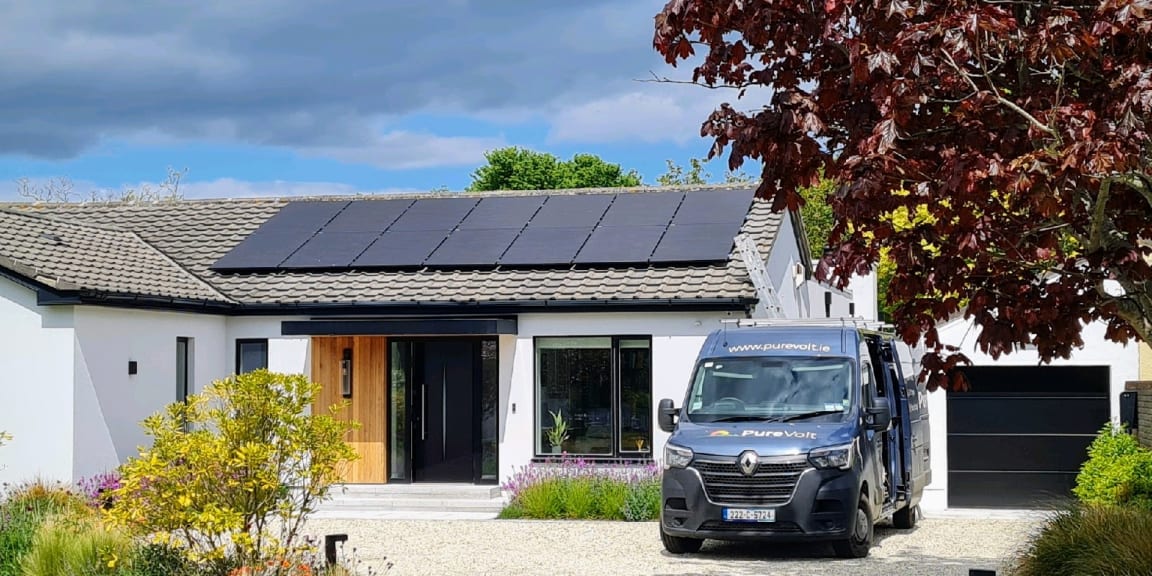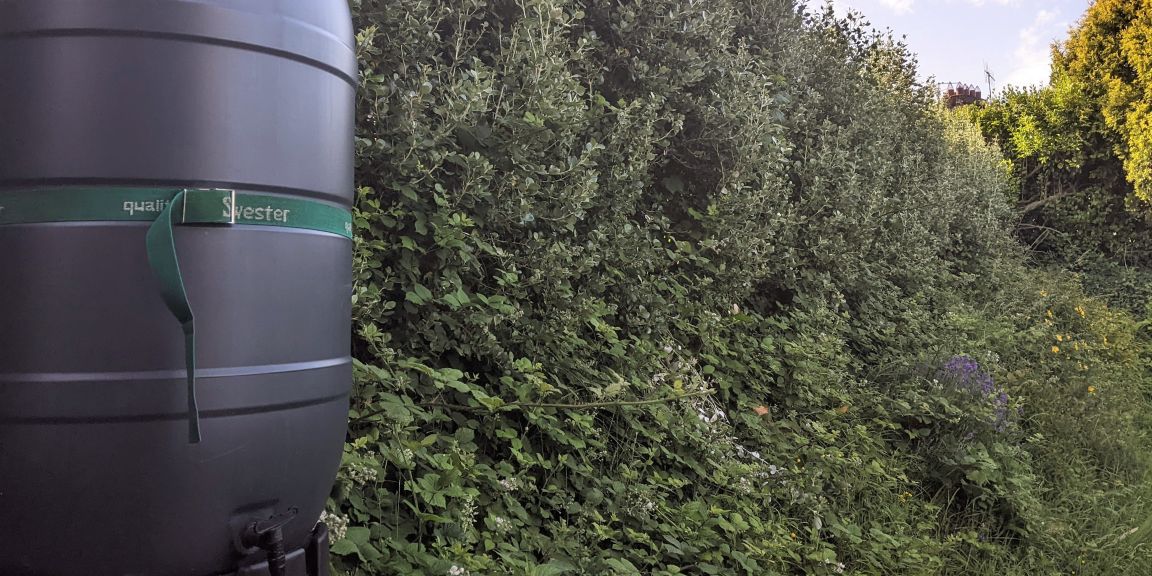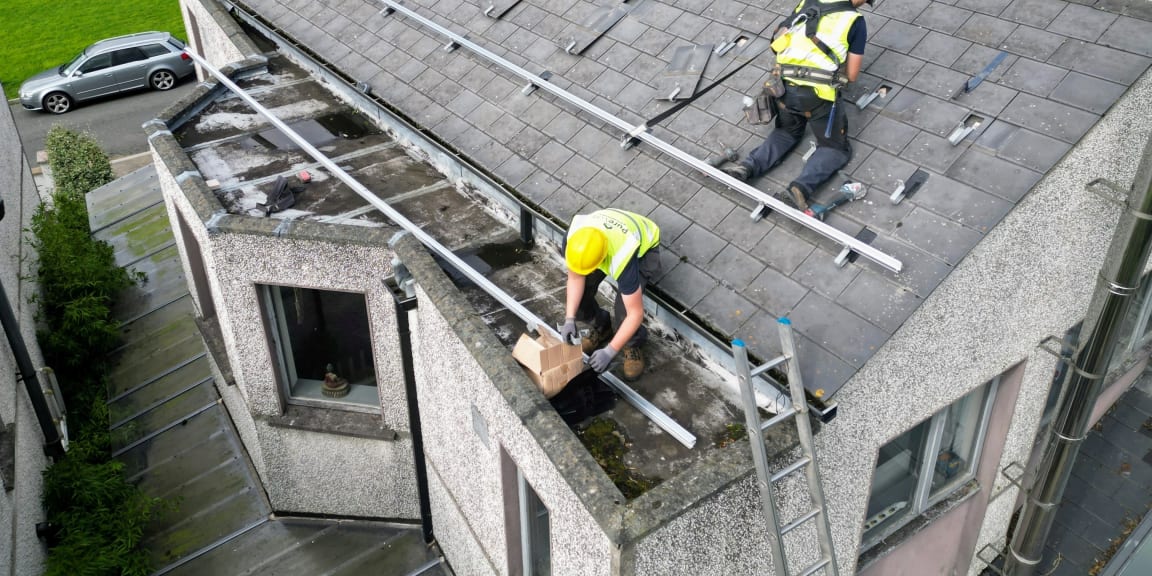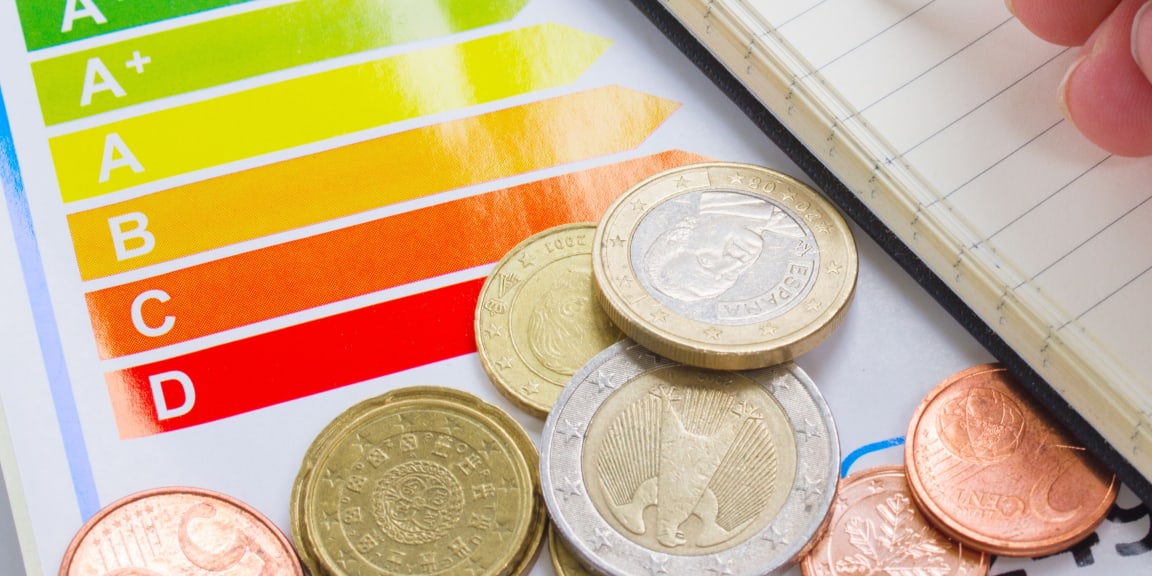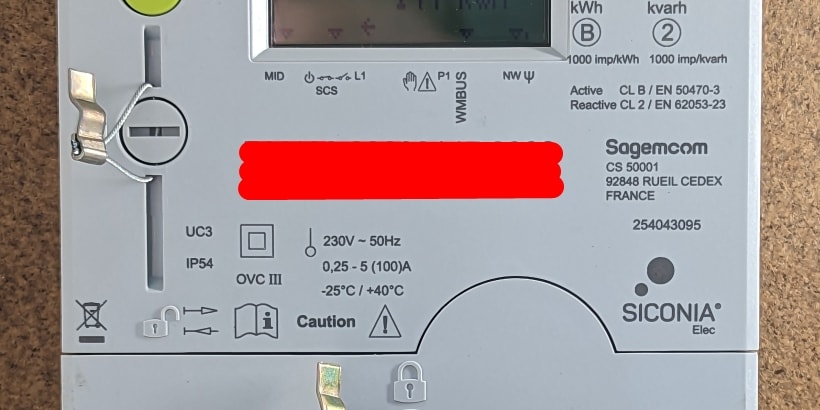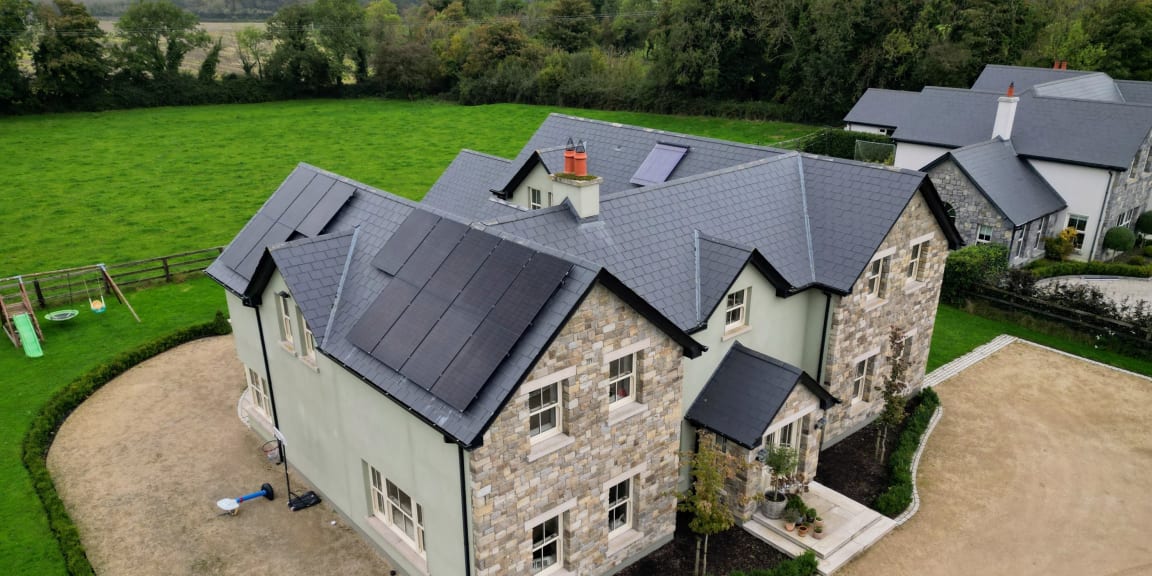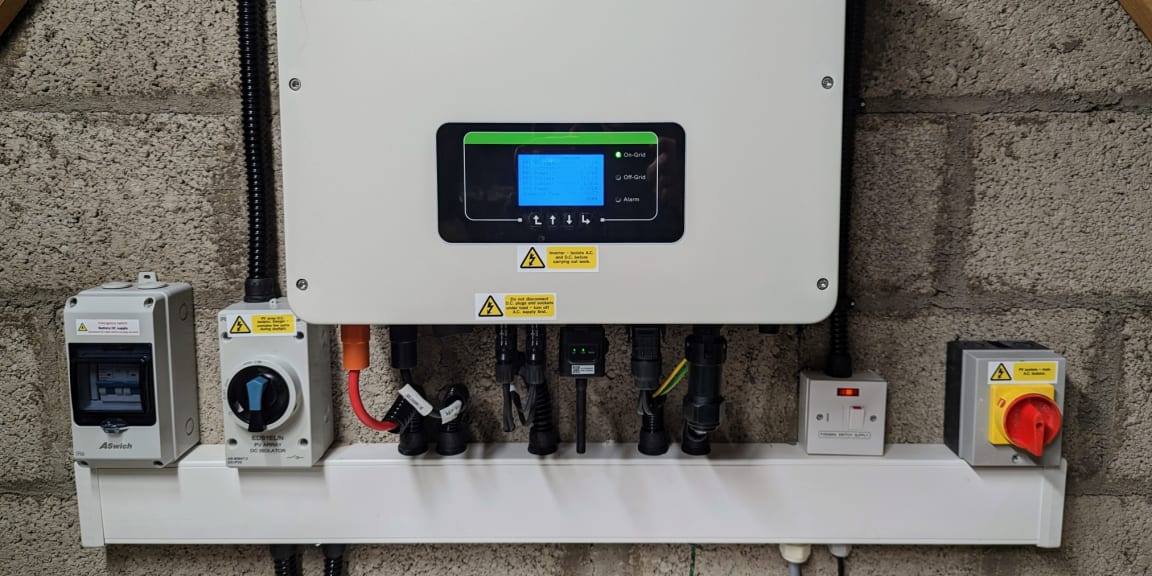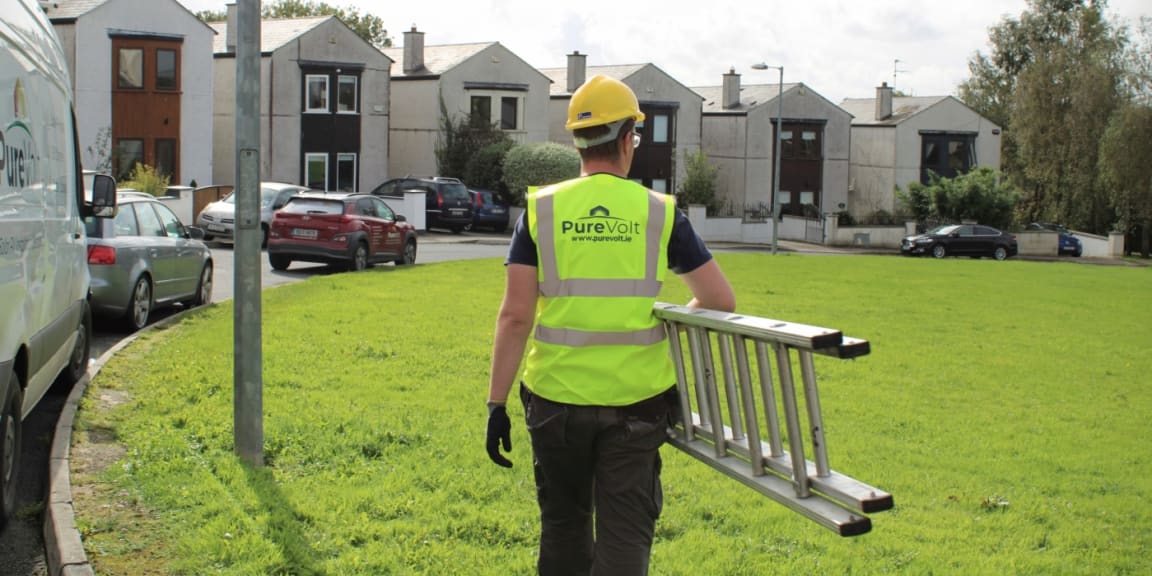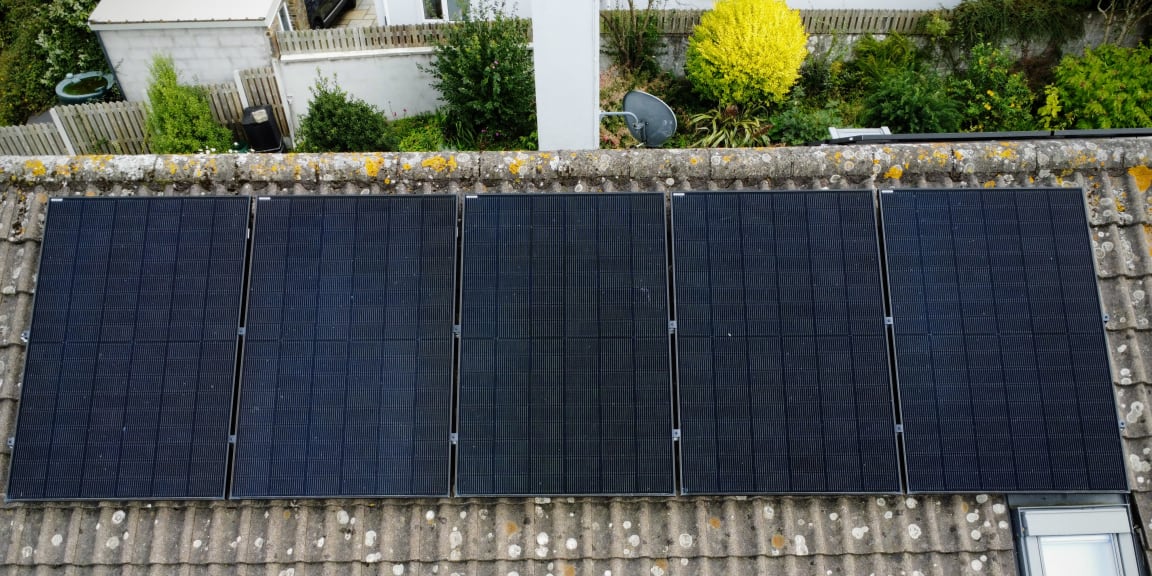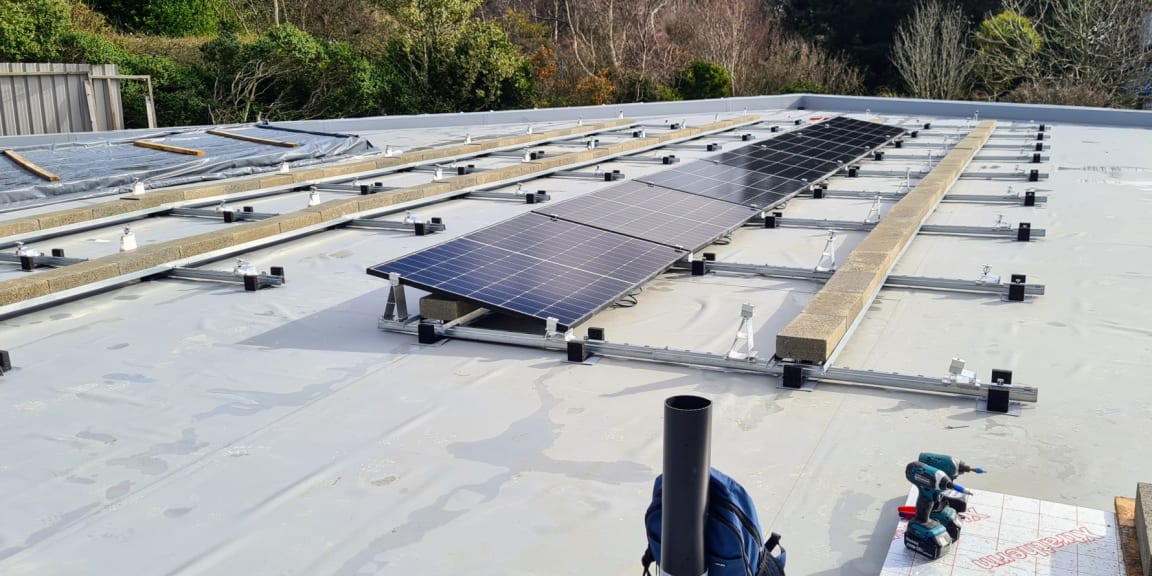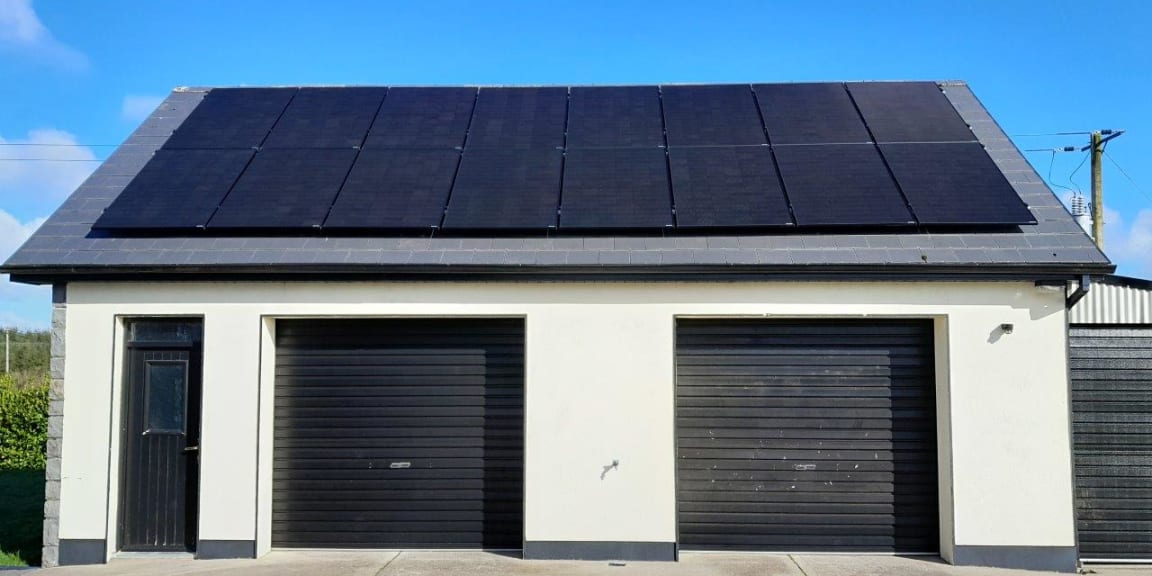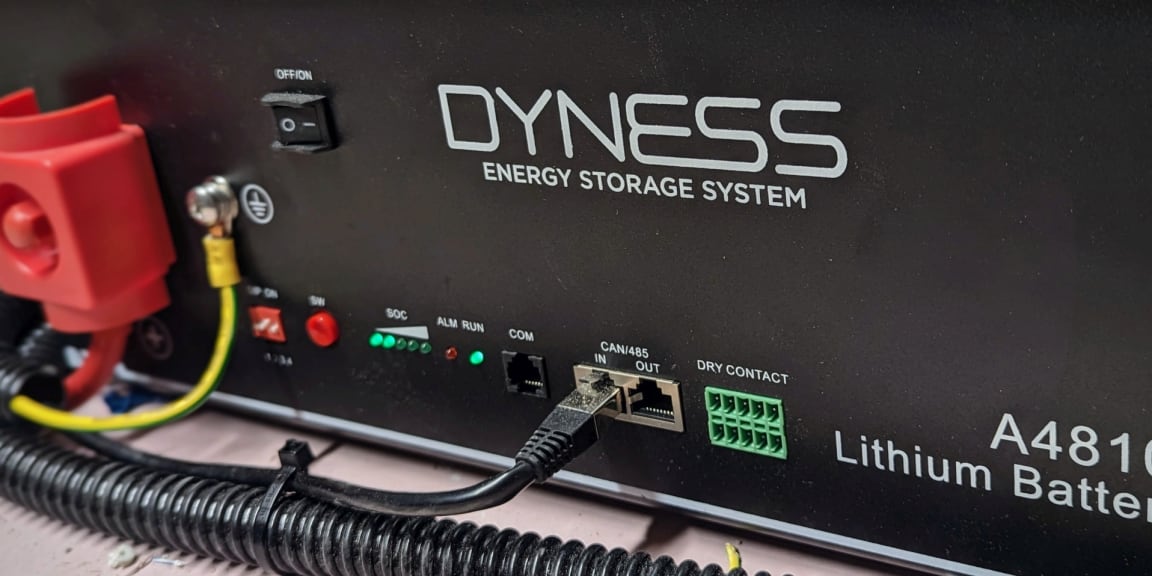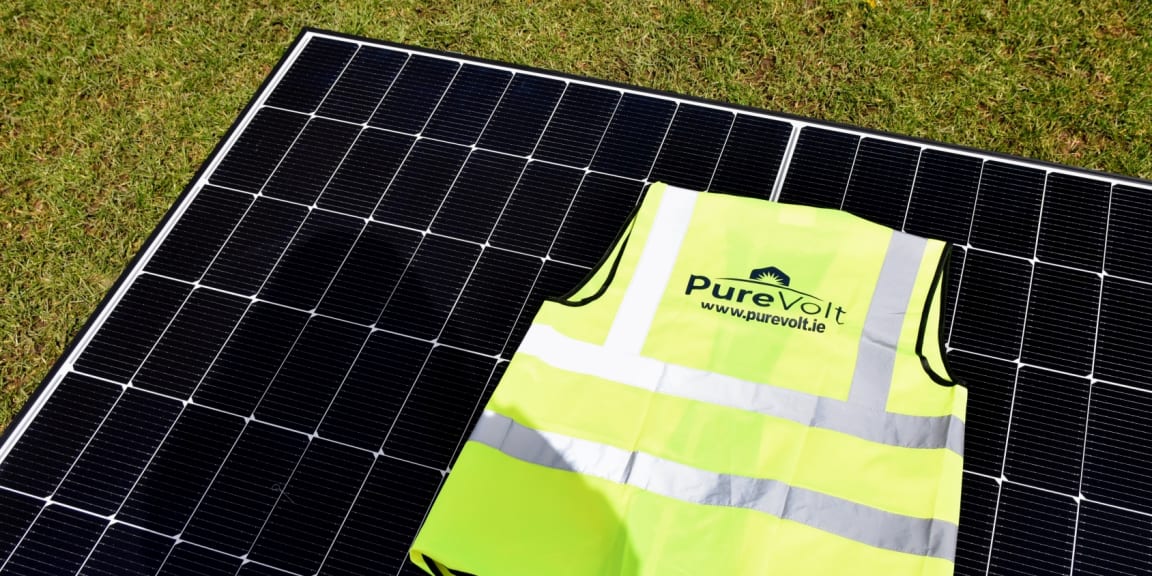How Solar Panels are Made
Introduction
Have you ever wondered how solar panels are made? In this article, we will take you through each stage of the production process.
Stage 1: Sand
Believe it or not, sand is the main component of solar panels. There are many types of sand. But, silica sand is the one that is used to make solar panels because the main component is silicon dioxide, which is the most suitable for solar panels.
The silicon dioxide molecule is made up of silicon and oxygen. Silicon is the second most common element on the earth and is widely used in the electronics industry.
The silica sand has to go through various stages of production to get it to the end stage, where it can be used to generate electricity. We will bring you through those stages now.
Stage 2: Purifying the silicon to make metalogical silicon
Silica sand is placed in a special oven with carbon. The oven is heated to roughly 2000°C to melt the sand. The silicon dioxide bonds break during this process, making nearly pure silicon and oxygen.
The oxygen then combines with the carbon to produce two carbon monoxide molecules. After the sand is melted and cooled, it solidifies into a crystal. The result is a block of metalogical grade silicon with a purity of almost 99%.
Although this process creates 99% purity, it is not good enough. We need purity of 99.999999% to make solar panels
Stage 3: Making ploy-silicon to achieve the purity required
The metalogical grade silicon undergoes a special purifying process to achieve the desired purity. This process involves liquefying the metalogical grade silicon. It is then cleaned by putting it through a distillation process. Once the silicon is distilled, it passes into a particular type of reactor.
This reactor contains a seeding rod. This rod is made of purified silicon. When the distilled silicon is fed into the reactor, the silicon is deposited onto the seeding rod.
These now very pure silicon poly-crystal rods are then broken into pieces, ready for the next stage - the production of ingots.
Stage 4: Making ingots in a crystallisation furnace & doping with boron
The silicon poly-crystal on their own cannot produce electricity. This is because they are non-conducting. To be converted into a semi-conductor, they have to undergo a doping process whereby a deliberate impurity is added.
This impurity is in the form of the element boron. Boron is chosen because it is roughly the same size as the silicon atoms and due to its electrical properties.
Boron-doping is achieved by placing the silicon crystals and a vial of boron in a crucible. A crucible is a special container which can be put into a special oven at really high temperatures without melting or burning.
They are placed in a special oven at around 900°C, where it is melted. This is all done in a cleanroom environment to prevent other impurities from being added.
The boron and silicon mix during this process. The mixture is then cooled slowly under regulated conditions, allowing the removal of unwanted substances. Once the silicon has cooled and solidified, the crucible is removed from the oven. The ingot is then moved onto the process of making the silicon wafers which are used to make solar cells.
Stage 5: Making silicon wafers
The large ingot block is cut into smaller blocks of a specific size to make the wafers. These smaller blocks are pretty much the same length and breadth dimensions of a solar cell.
The blocks are then pushed through a special wire saw made of silicon carbide. The saw cuts the block into wafers less than 0.2 millimetres thick. These wafers are then cleaned in a special chemical bath to remove debris from the wafer. The wafers are then moved onto the next stage of solar cell production.
Stage 6: Solar cell production & more doping
First, the wafers are assessed for quality. This is to make sure they are the same thickness and do not contain any micro-cracks.
The surface of each cell is then roughened by running them through a chemical fluid. This is to prepare the wafer for the next stage - doping the cell's surface with phosphorus.
This is achieved by placing wafers in an oven at about 900°C. Phosphorus is then diffused onto the roughened side of the wafer. It is at this stage that the magic occurs. The silicon wafer is transformed into a solar cell capable of producing electricity.
Read our article here, if you would like to understand how the solar cell works.
Stage 7: The anti-reflective coating
One of the properties of our new solar cell is that it is pretty reflective. This is not ideal in terms of efficiency. In reality, we would like the cell to absorb as much of the sun's energy as possible. The top surface is coated with a thin silicon nitride layer to reduce reflectivity. This is what gives solar cells their blue colour. The hydrogen in the silicon nitride significantly enhances the performance of the cell.
Stage 8: Placing electrical contacts
Silver strips are screen-printed on the solar cell surface once the cell surface has been covered with the anti-reflective coating. These act as a conductor for the electricity generated by the solar cell. These are then passed through a furnace which causes the silver to be embedded into the surface of the silicon layer, forming reliable electrical contacts.
Stage 9: Testing and Sorting
At this stage, special cameras are used to check the cells to ensure they reach the necessary quality and measure the cell's efficiency. The solar cells are then sorted into performance and quality classes. According to their efficiency, optical criteria, and electrical characteristics and capabilities, they are assigned to groups.
Stage 10: Assembling and encapsulation of solar module
Each solar cell is capable of generating a certain amount of electricity. The amount a cell produces depends on its voltage and wattage capabilities. Electricity generated by one individual cell is not enough electricity to power a home.
To create enough electricity, we need to connect many solar cells together. The more cells that are connected, the more electricity they can generate. So, they need to be assembled into a solar module.
This is achieved by placing them in rows and soldering them together. This is done by connecting their silver strips, which were printed and embedded into the cell's surface in Stage 8. Then, these rows are placed next to each other and soldered together.
A sheet of glass is then placed on top of the connected solar cell to protect them. Another thin layer of EVA (ethyl vinyl acetate, an encapsulant material) is placed on top to repel water. A back-sheet is added and is then encapsulated to make it waterproof.
An aluminium frame and an electrical junction box are then attached. At this stage, solar panel module is complete.
After 2 years of producing electricity, the energy used to make the cells is neutralised.
Stage 11: Final Testing
During the final production stage, all finished modules then go through a series of tests.
For example, an infrared camera looks for micro-cracks. They are tested for efficiency using flashes of light. They may also endure mechanical loading tests to see how they would stand up to wind, snow and ice. Another test they may undergo is resilience testing in the case of impact.
